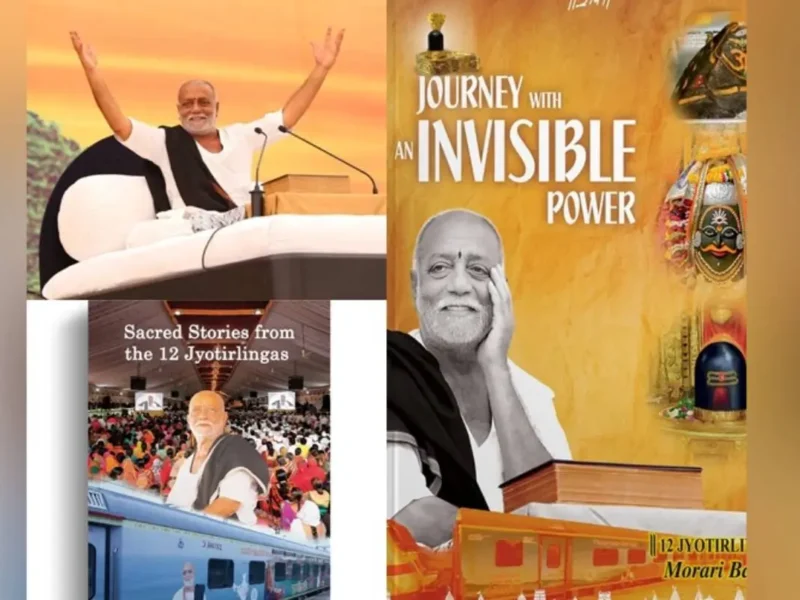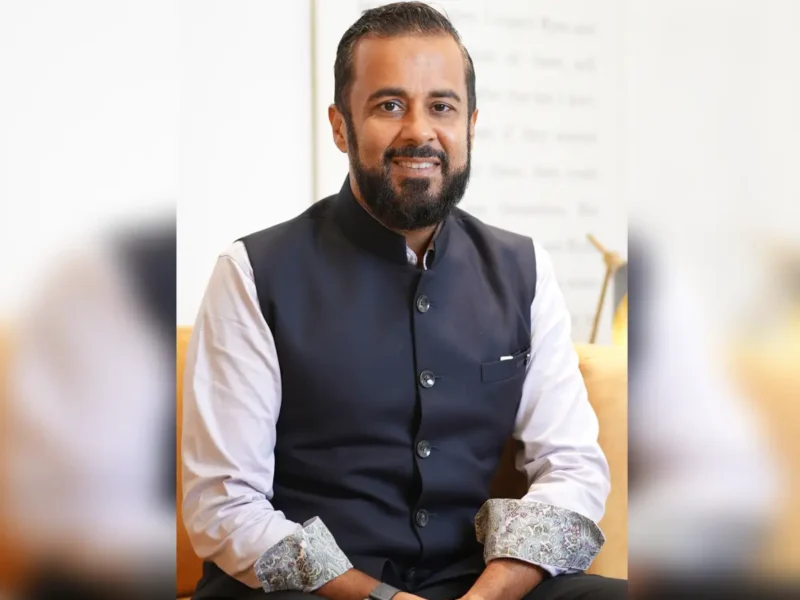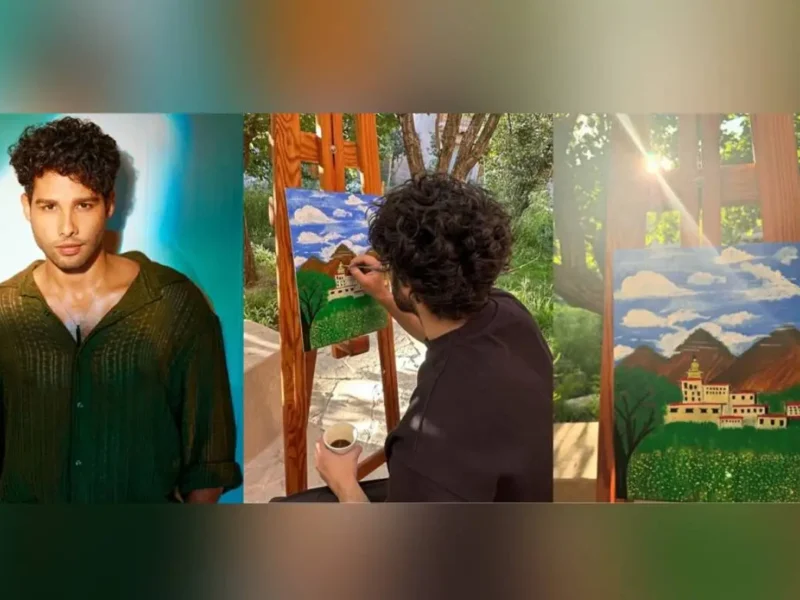
Women Authors Who Write On Inclusion For Children
NEW DELHI, (IANS) – In honor of International Women’s Day, we look at Indian writers of children’s books who make the case for inclusion.
MUKAND AND RIAZ
Written by: Nina Sabnani
Ages: 5-10 years
Set in the days of turmoil, leading to the partition of the country, Mukand and Riaz are based on a true story of a friendship between two children. The boys are inseparable and share many experiences together, such as eating their favourite foods, riding bicycles, and visiting each other’s places of worship. However, one thing that Mukand is very possessive about is his red cap. As the political situation becomes ugly, violence mars the city. Riaz’s family offers a haven to Mukand’s family and helps them escape on a ship to India. As the ship leaves the shore, Mukand throws his beloved cap to his friend as a gesture of an everlasting bond of friendship and love.
About the author: Sabnani is an animation filmmaker, illustrator, and educator. She is currently a professor at the Industrial Design Centre, IIT Bombay.
PUHOR AND NIYOR’S MURAL OF FAMILY STORIES
Written by: Pritisha Borthakur
Ages: 5-13 years
Puhor and Niyor’s Mural of Family Stories is a powerful progressive children’s book that aims to inspire curiosity, raise awareness, instill compassion, entertain, and show a unique glimpse of the diverse kinds of families found in any community. The book begins with an introduction to Puhor and Niyor, two brothers making a mural, telling the stories of different families. It shows Puhor and Niyor’s family as being a nuclear family, with a mom and a dad. These twins demonstrate there are all sorts of families – children with two moms, two dads, a single mother; a multiracial family unit; foster and adopted children; pet parents, and more – none more important than another, and all of them are beautiful in their own unique way. The story progresses by adding to the mural an illustration of each unique story. In the end, the small community made up of various kinds of unique families, teaches each other about different types of people every day, and to not judge others based on their race, gender, sexual identity, disability, or anything else. They embrace their differences and paint a beautifully colored mural, as beautiful and colorful as the community itself.
About the author: Borthakur is a journalist and mother of twin toddlers. Her first self-directed film was a documentary called “Wake Up Call” based on one’s fight against HIV.
KALI AND THE SNAKE
Written by: Zai Whitaker
Ages: 4-10 years
The story is about a boy, Kali, who belongs to Irula tribe of Thiruvallur district of Tamil Nadu. The people of the Irula tribe are famous as snake catchers and Kali’s father was one of the best in the tribe. Kali’s classmates think this is strange and weird. Kali hates school because he has no friends. For the first time in his life, Kali becomes aware of his being different. He wishes his father were an ‘ordinary’ bus conductor or postman instead of a snake catcher. He worries that others will see him eating fried termites (his favorite snack!) and laugh. Until one day when a rat snake enters the classroom, and Kali does what he knows best.
About the author: Whitaker grew up in Mumbai, in a family of naturalists which included the renowned “Bird Man of India” – Salim Ali. She now lives and works at the Madras Crocodile Bank near Chennai, which she helped the ‘Snake Man’ Rom Whitaker set up almost 40 years ago.
DIFFERENT DIFFERENTER
Written by: Jyoti Gupta
Ages: 4-9 years
This is an activity book for children that thoughtfully addresses everyday skin color consciousness and bias in a way that’s easy to understand. Children’s rich observations and questions about color, caste, and race elicit accurate yet straightforward responses. This art-and-craft-based book takes you on a playful and creative discovery to find answers that work for you and your family, while creatively introducing facts of history and 15-plus new words. It’s a beautifully illustrated, educational tool that sets the context for hard conversations about self-awareness, color, and identity. Subjects in the book include biology of skin (melanin); culturally related aspects (food); colorism’s social impact (bullying) and solutions (bystander intervention).
About the author: Gupta is the founder of The Colo(u)rism Project; a former TEDxWomen (2012) and Jaipur Literary Festival (2017) speaker; and a racial literacy educator.
CHUSKIT GOES TO SCHOOL
Written by: Sujatha Padmanabhan
Ages: 5-10 years
Nine-year-old Chuskit longs to go to school like her brother. It is almost impossible for her in her hometown of Ladakh, as she cannot walk, and has to use a wheelchair to go anywhere. How would it be possible for her to cross the rocky, hilly terrain over the river and up the hill to the school? It becomes possible only because her friend Abdul recognizes her need, and ropes the school and all the children to build a leveled road up to the school. A heartwarming story about recognizing and doing what society needs to do to make life easier for those differently abled.
About the author: Padmanabhan is a trained special educator and has worked with children with multiple disabilities in Delhi for 10 years. She primarily writes on disability and the environment; and has authored several story books for children.




